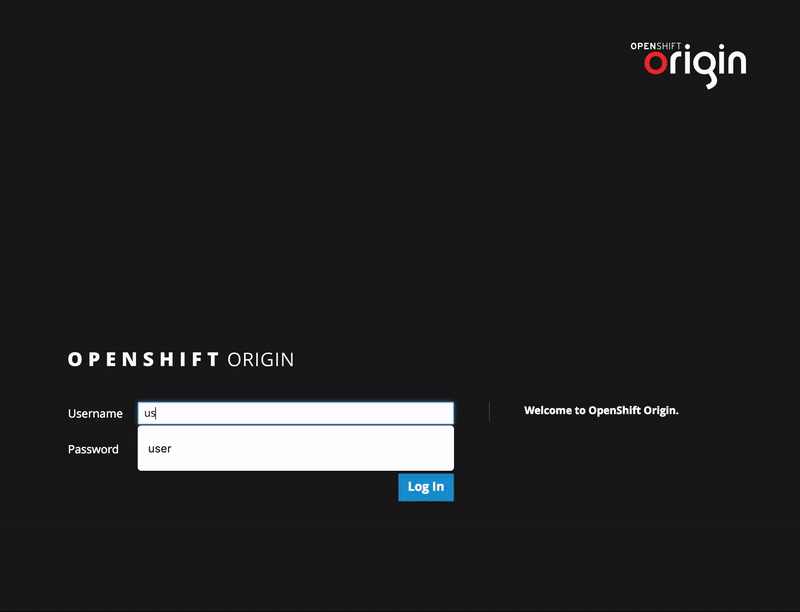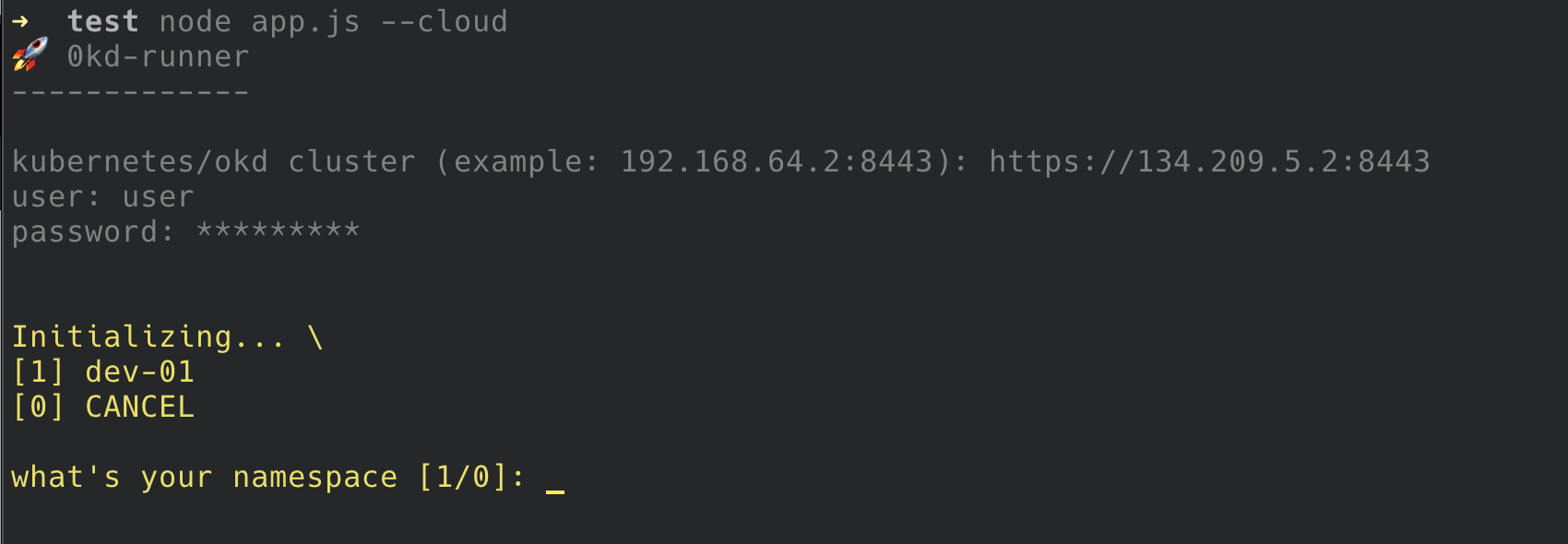Self Deploying Node.JS Applications
Few days ago I was watching in Youtube a talk given by Kelsey Hightower titled “Self Deploying Kubernetes Applications”. In this talk which is a bit old now (over a year) he was demoing a Golang application capable of running locally but also capable of magically deploy itself into a Kubernetes cluster.
This is how think deploying applications to the cloud should be, instead of copy/pasting configuration files or issuing cryptic commands we should aim to make this task simple, after all the tools we use are just a mean to an end. So after watching the talk I started to think on how I can achieve this, how I can make a process deploy itself and how to do it using my favorite programming language Javascript/Node.JS.
After a few days of hacking with Kubernetes/OpenShift REST API, I finally end up writing a small module that when imported ( or required) in a Node.JS application it extends its runtime options allowing it to run in a OpenShift cluster (at the moment) by just adding a simple flag --cloud. From the point of view of a non-expert it will looks like OpenShift is just a JavaScript interpreter.
Hello World
Let's see how this works by writing a simple web server.
let count = 0
console.log('Running...')
require('http')
.createServer((req, res) => {
res.end(`<HTML>
<h1>Hello From -> ${process.platform}</h1>
<h2>Visitor: ${count++} </h2>
</HTML>`)
console.log(`response: ${Date.now()}`)
}).listen(8080)
In this 9 lines we defined a HTTP/Server listening in Port 8080, serving a webpage that shows a counter with the visitors and the OS platform so we can see what OS is running our script.
We save this file with the name app.js and run test it locally:
node app # app.js

Getting Started
Before continue you'll need an OpenShift cluster up and running, the easiest way is to subscribe here OpenShift Online for free or if you feel strong you can setup one in your computer via Minishift or oc cluster-up.
Once you have OpenShift sorted out, you'll need to create a project/namespace manually, you can do this by login into the web console and clicking into new project.

Now we should get back to our working directory and install okd-runner module from npm, this is the module that does the magic:
npm install install okd-runner --save
We add the module:
let count = 0
const run = require('okd-runner') // <- self-deploy module
require('http')
.createServer((req, res) => {
res.end(`<HTML>
<h1>Hello From -> ${process.platform}</h1>
<h2>Visitor: ${count++} </h2>
</HTML>`)
console.log(`response: ${Date.now()}`)
}).listen(8080)
By adding this module you still can run your application locally, the only difference is that now you can choose a different execution runtime by passing the --cloud flag, this flag will tell your JS program to run in OpenShift:
node app --cloud # or node app -c for short
- The first time it will ask you for your cluster credentials:

- And also to choose the namespace/project:

Runtime
After that your application will start the deployment:

...
building ok
URL: http://my-app-dev-01.7e14.starter-us-west-2.openshiftapps.com
...
...
npm info using node@v10.14.0
npm info lifecycle my-app@1.0.0~prestart: my-app@1.0.0
npm info lifecycle my-app@1.0.0~start: my-app@1.0.0
> my-app@1.0.0 start /opt/app-root/src
> node app.js
response: 1550511176623
...
Here you can see the logs of you container plus the URL, to exit you just need to press Ctrl-C and you will get back to your console.
Updating
From now everything is similar as to run your application locally, let's add a line of code to get the pods name, this way showcase how we can make an update:
let count = 0
const run = require('okd-runner')
console.log('listening in 8080')
require('http')
.createServer((req, res) => {
res.end(`<HTML>
<h1>Hello From ${process.platform}</h1>
<h2>Visitors ${count++} </h2>
<!-- changes -->
<p>Pod ${require('os').hostname()}<p>
<img src="https://media.giphy.com/media/12NUbkX6p4xOO4/giphy.gif">
<!-- -->
</HTML>`)
console.log(`response: ${Date.now()}`)
}).listen(8080)
We run our application again:
node app --cloud
This time it goes straight to deployment.

Cleaning up
To remove your application you just need to pass the -rm flag:
node app -rm
You see not a single YAML file, hope this module helps you simplify your workflow while developing Node.JS micro-services. Also this module is still under development so feel free to contribute by sending suggestions, pull request, improvements or by opening an issue.